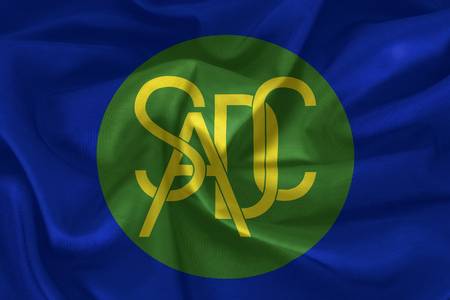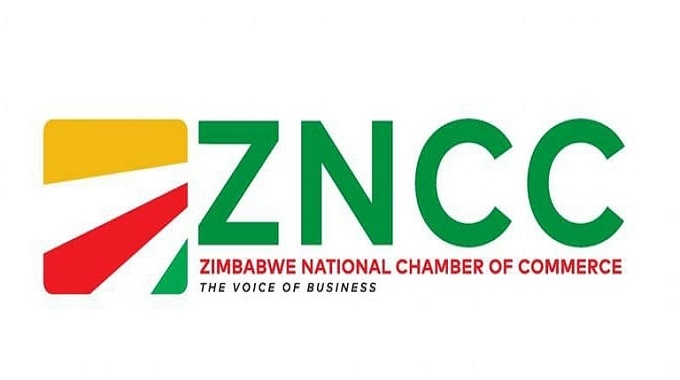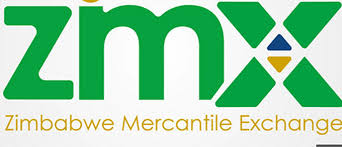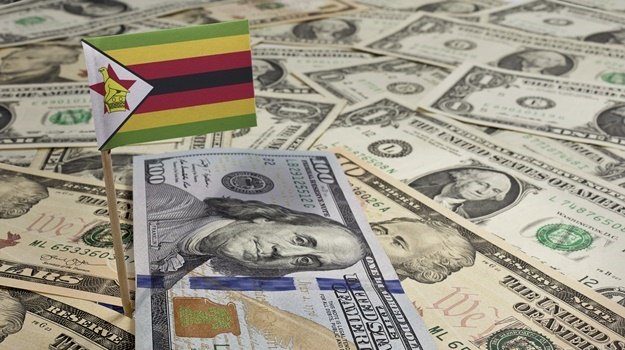‘Exporters have no basis of holding forex’
Zimbabwean authorities expect the foreign currency market to become self-sustaining in the near future after measures rolled out by the central bank and Treasury since early last month managed to halt a free fall of the local currency, which was being fuelled by a shortage of foreign currency on the formal market.
A brief, but sustained depreciation of the Zimbabwe dollar on the parallel market, which ignited a price resurgence, prompted authorities to adopt a raft of interventions, including introducing a wholesale foreign currency auction for banks. The banks in turn sell the foreign currency to their clients. This has prevented holders of large Zimbabwe dollar balances from chasing the greenback on the parallel market, which until recently was blamed for driving prices of goods and services up.
Zimbabwean businesses peg their local prices to the US dollar, a more stable global currency widely used in the country since 2009 when the local unit collapsed due to hyperinflation.
Amid rising inflation and heavy import dependence, many economic agents resorted to purchasing the greenback on the black market to preserve value and undertake external payments.
But since the introduction of the wholesale foreign currency auction for banks three weeks ago, along with other policy interventions, both the parallel market and official rate have been little changed.
The Zimbabwe dollar now trades at $5 739/US$1 on the official market and 7 200 to $8 400/US$1 on the parallel market. The rate is expected to continue to strengthen amid the growing liquidity crunch in the market.
After gaining 9 percent to $6 326,25/US$1 on the wholesale market on Tuesday, the Zimbabwe dollar exchange rate further strengthened to $5 7 39/US$1 yesterday, with only US$2,9 million out of the $20 million available finding takers.
Economist and Monetary Policy Committee (MPC) member, Persistence Gwanyanya, said the Treasury will fund the wholesale foreign currency market until the market starts voluntary liquidations, which he said was inevitable in light of tight local currency liquidity.
He said financing of the wholesale foreign currency was very sustainable given it was underwritten by the Government.
“As the issuer of the Zimbabwean dollar, the Government is determined to support it. We are getting into an interesting phase of voluntary liquidations. It is a very interesting phase,” he said.
Exporters hold the bulk of banking sector deposits, over US$2 billion, but had not been readily liquidating their holdings citing premium between the open (higher) and official exchange rate, which they regarded as an indirect tax.
It means with a market determined exchange rate, set by the auction, exporters no longer have justification for not actively trading their money on the official market, with the official and parallel market exchange rates now largely stable.
“We are likely to see companies warming up to the realities of the day, now that the exchange rates are merging. Instead of going into the risk parallel market, they will now need to exchange their foreign currency in the formal banking system or bureaux de change.
“This is because we are going to see sustained stability because it is no longer a one-way street. It is now a two-way street. The Government supplies foreign currency to the market and banks buy.
“But the banks are also supposed to buy from the market and sell what they would have brought to the same market. That way, we see the market getting to a phase of self-sustenance,” Gwanyanya said.
He said exporters, who hold the bulk of the foreign exchange in the country, would need to repeatedly liquidate their hard currency in order to meet their local currency obligations.
That, Gwanyanya opined, will engender wider use of the Zimbabwe dollar currency. “So, the choice is yours; to go into the black market where you are still getting the same price, but risking a lot.”
The central bank MPC member said the need for local currency will drive holders of foreign currency to sell the greenback in order to get Zimbabwe dollars.
Commenting on the exchange rate stability, Zimbabwe National Chamber of Commerce (CEO) Chris Mugaga, said while the stability was palpable at least a year was needed to ascertain its durability.
“It’s a journey, you cannot measure it over two or three months,” he said. Mugaga said the issue of tight Zimbabwe dollar liquidity was only a short phase that should be resolved once contractors and exporters paid; the latter for the 25 percent mandatory liquidations.
Responding to reservations about the sustainability of the exchange rate stability if the Government starts making large payments to suppliers and contractors, secretary for finance and economic development George Guvamatanga said he was already paying correctly priced invoices, in accordance with the value for money principle.
He, however, put a caveat to the statement in stressing that payments were being done for all payments due that meet the MVP requirements. (We will not pay suppliers invoicing at $8 000/US$1 or above until they align to the prevailing exchange rates, but those who are complying are being paid,” he said.
Guvamatanga added that the Treasury expected all Government suppliers and the rest of the economy to use the prevailing official exchange rates to price their goods and services.-ebusinessweekly










